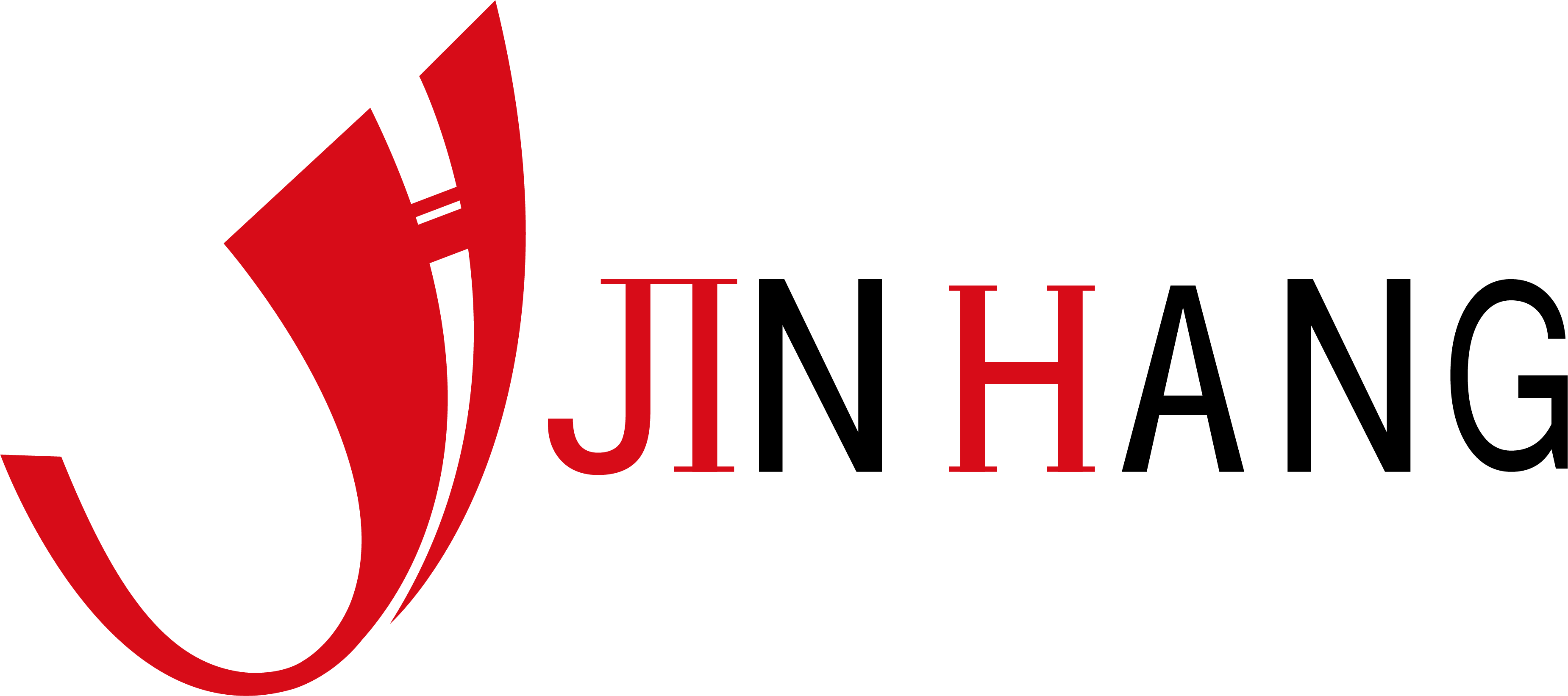What rollers are needed in the leather industry?
The leather processing industry is a complex production process involving multiple processes and equipment. Rollers, as key mechanical components, run through multiple links in leather manufacturing. Each roller has its specific function and role in leather production. From the processing of raw leather to the processing of finished leather, various types of rollers jointly guarantee the quality and production efficiency of leather.
This article will introduce in detail the different types of rollers required in the leather industry and their specific functions.
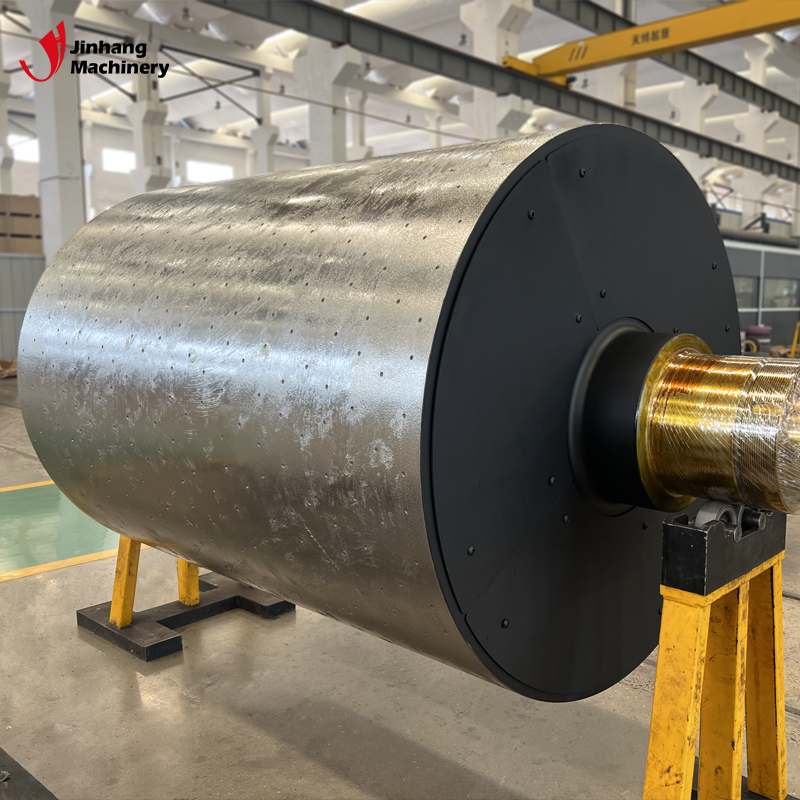
What rollers are needed in the leather industry?
Top 10 rollers needed in the leather industry:
1. Soaking Roller,
2. Unhairing Roller,
3. Flattening Roller,
4. Tanning Roller,
5. Dyeing Roller,
6. Embossing Roller,
7. Glazing Roller,
8. Sanding Roller,
9. Laminating Roller,
10. Cutting Roller.
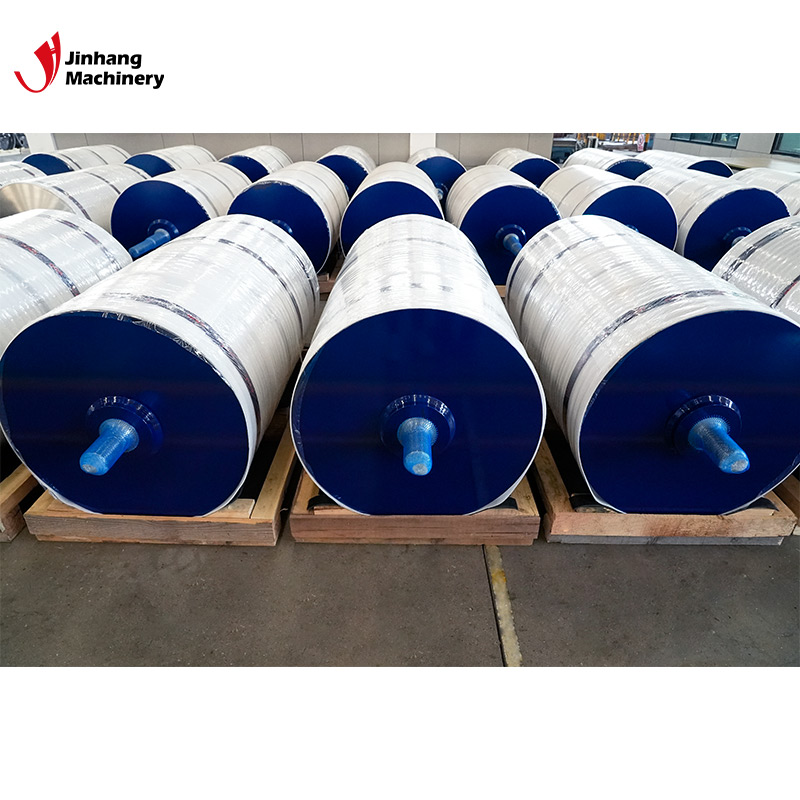
1. Soaking Roller:
In the early stages of leather processing, the raw hide needs to be soaked in water to remove dirt, blood and salt and restore the softness of the leather. The soaking roller is used to push and turn the raw hide in the soaking tank to ensure that it is fully soaked.
The role of the soaking roller in the leather industry:
● Promote soaking: The soaking roller pushes and turns the raw hide to fully soak it in the soaking tank and remove surface impurities.
● Uniform treatment: Ensure that each raw hide can be evenly soaked, restore softness, and prepare for subsequent treatment.
2. Unhairing Roller:
Unhairing is one of the important steps in leather processing. The hair on the raw hide is removed by chemical or mechanical means. The unhairing roller is used to push and process the raw hide during the unhairing process to ensure that the hair is completely removed.
The role of the unhairing roller in the leather industry:
● Remove hair: The unhairing roller pushes the raw hide under the action of chemical dehairing liquid or mechanical means, and removes hair by friction and squeezing.
● Protect the leather surface: While removing hair, the unhairing roller can apply force evenly to avoid damaging the leather surface and maintain the integrity of the leather.
3. Flattening Roller:
The leather that has been unhaired needs to be flattened to eliminate wrinkles and unevenness. Flattening rollers are used to flatten the surface of leather to improve its flatness and texture.
The role of flattening rollers in the leather industry:
● Eliminate wrinkles: Flattening rollers eliminate wrinkles and unevenness on the surface of leather by applying uniform pressure, making it smoother.
● Improve texture: The texture of leather after flattening is more uniform, the appearance is more beautiful, and it is convenient for subsequent processing and handling.
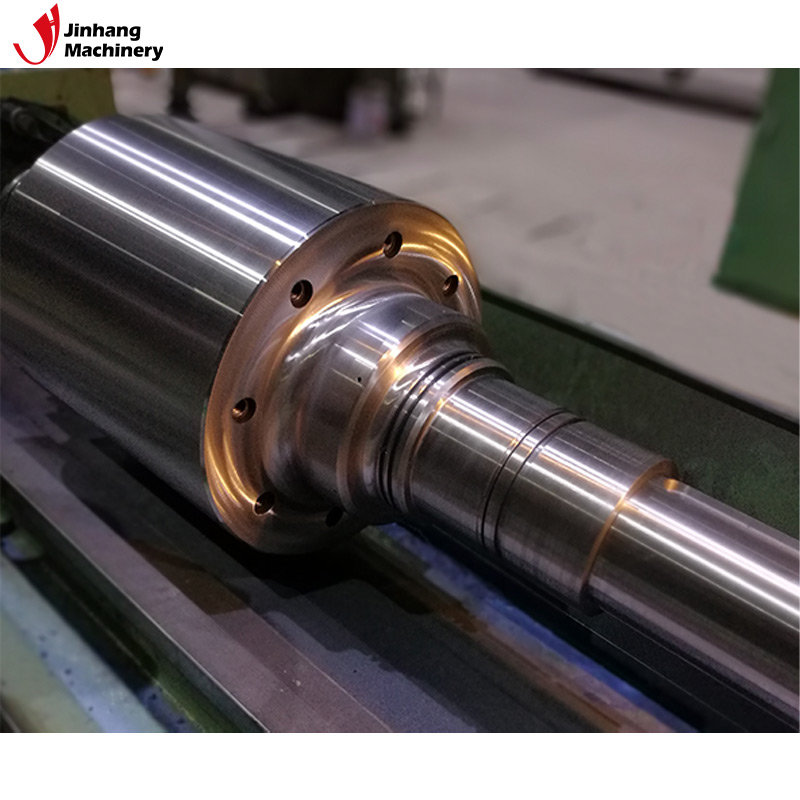
4. Tanning Roller:
Tanning is a key step in converting raw hides into leather. Through tanning agent treatment, the leather is made durable and flexible. Tanning rollers are used to flip and push the leather during the tanning process to ensure uniform penetration of the tanning agent.
The role of tanning rollers in the leather industry:
● Uniform penetration: The tanning roller continuously flips and pushes the leather in the tanning tank, so that the tanning agent can evenly penetrate every part of the leather.
● Improve quality: Ensure the uniformity and sufficiency of the tanning process and improve the quality and durability of the leather.
5. Dyeing Roller:
Dyeing is an important part of leather processing, and leather is dyed into various colors through dyes. Dyeing rollers are used to push and handle leather during the dyeing process to ensure uniform distribution of dyes.
The role of dyeing rollers in the leather industry:
● Uniform coloring: The dyeing roller pushes the leather to turn over in the dyeing tank so that the dye can be evenly attached to the leather surface to avoid color difference.
● Improve color saturation: Ensure the adequacy of the dyeing process, make the color of the leather more saturated and bright, and improve the appearance quality of the product.
6. Embossing Roller:
Embossing is to increase its decorativeness and texture by pressing a specific pattern or texture on the leather surface. The embossing roller is used to apply pressure during the embossing process to press the pattern or texture onto the leather surface.
The role of embossing rollers in the leather industry:
● Pattern pressing: The embossing roller presses the predetermined pattern or texture onto the leather surface through a high-precision mold to increase its decorativeness.
● Improve texture: The leather surface after embossing has a unique texture and texture, which improves the added value and market competitiveness of the product.
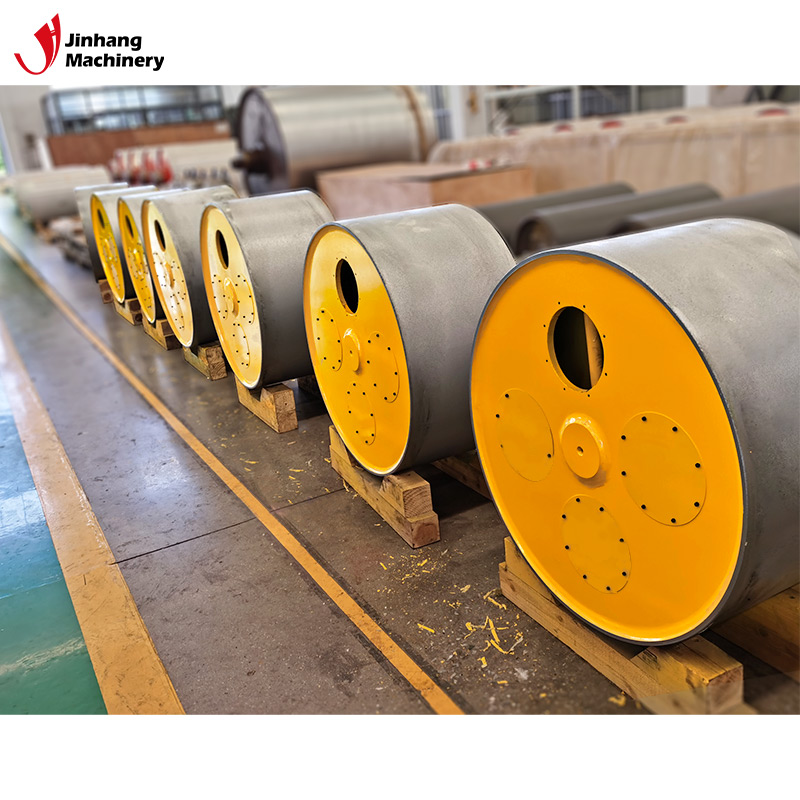
7. Glazing Roller:
Glazing is the process of making the leather surface smooth and shiny by mechanical or chemical means. Glazing rollers are used to treat the leather surface during the glazing process to improve its gloss and aesthetics.
The role of glazing rollers in the leather industry:
● Increase gloss: Glazing rollers make the leather surface smoother and brighter by applying pressure and friction, improving its aesthetics.
● Protect the surface: Glazing treatment can also form a protective film on the leather surface to increase its wear resistance and durability.
8. Sanding Roller:
Sanding is to remove burrs and unevenness on the leather surface by mechanical means to make it smoother and flatter. Sanding rollers are used to treat the leather surface during the sanding process to improve its flatness and texture.
The role of grinding rollers in the leather industry:
● Removing burrs: The grinding roller removes burrs and unevenness on the leather surface through high-speed rotating sandpaper or grinding wheel, making it smoother.
● Improving flatness: The leather surface after grinding is smoother and the texture is more uniform, which is convenient for subsequent processing and treatment.
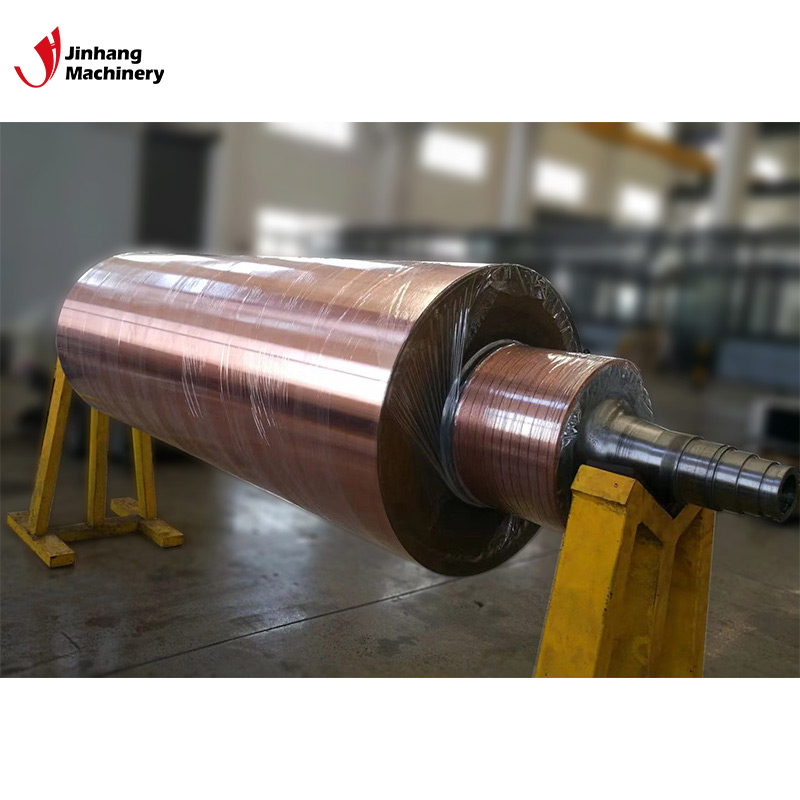
9. Laminating Roller:
Laminating is the process of laminating multiple layers of leather or leather with other materials to form a composite material. The laminating roller is used to apply pressure during the laminating process to firmly combine the layers of materials.
The role of laminating rollers in the leather industry:
● Interlayer bonding: The laminating roller applies uniform pressure to firmly combine the layers of leather or other materials to form a stable composite material.
● Strengthening strength: Laminating can increase the thickness and strength of leather, improve its durability and scope of application.
10. Cutting Roller:
Cutting is the process of cutting large pieces of leather into the required shape and size. The cutting roller is used to fix and drive the leather during the cutting process to ensure the accuracy and efficiency of cutting.
The role of cutting rollers in the leather industry:
● Accurate cutting: Cutting rollers ensure the accuracy and consistency of the cutting process by fixing and transmitting the leather, avoiding waste.
● Improve efficiency: The use of cutting rollers can significantly improve cutting speed and efficiency, meeting the needs of large-scale production.
Conclusion on the rollers required in the leather processing industry
There are many types of rollers used in the leather processing industry, and each roller has its specific function and role. From soaking rollers, depilatory rollers, flattening rollers to tanning rollers, coloring rollers, embossing rollers, polishing rollers, grinding rollers, laminating rollers and cutting rollers, these rollers together constitute the indispensable key equipment in the leather production process. These rollers play an important role in the handling, processing and forming of leather, ensuring the quality, production efficiency and processing stability of leather.
